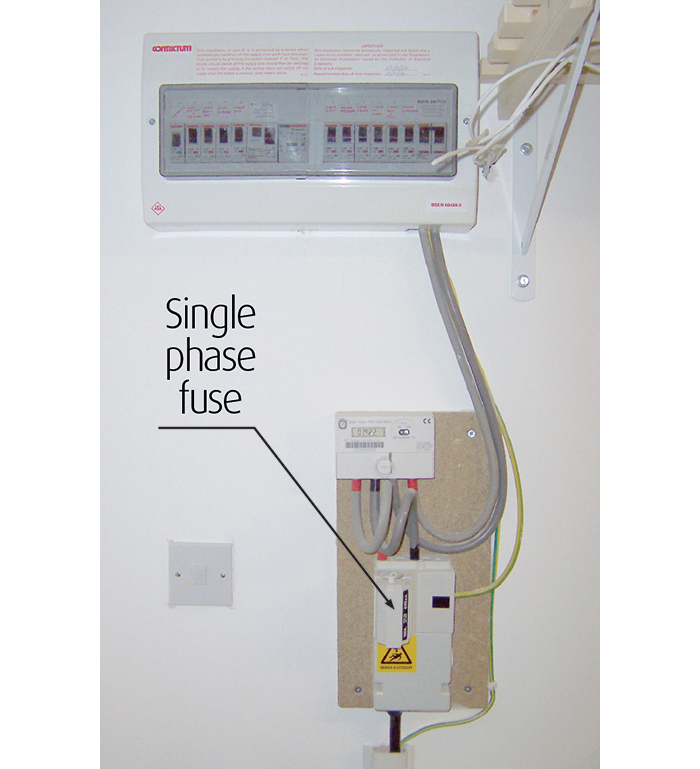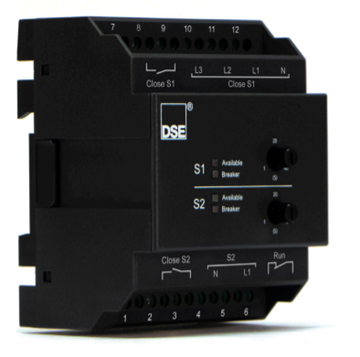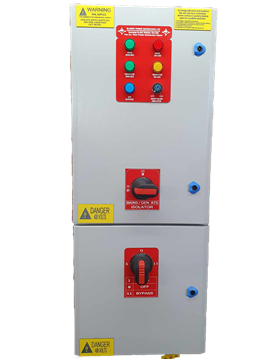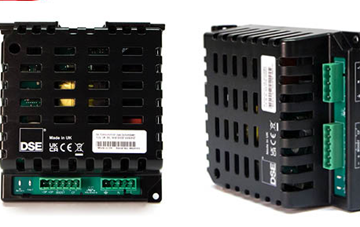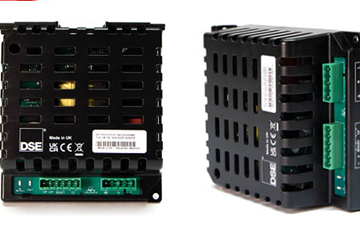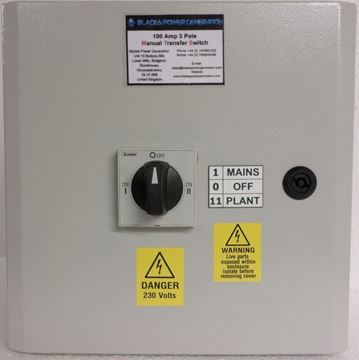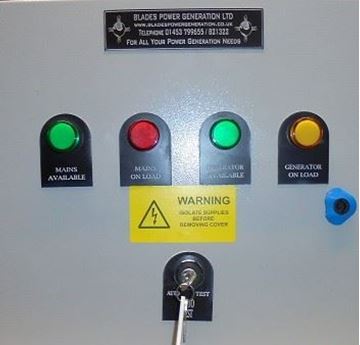When switching from a home or business's electrical supply to the local generator's energy source line, a changeover switch is necessary. These switches are directly linked to our regular electricity supply line, the supply box at our home or place of business, and the nearby generator. Through changeover switches, we can transition to our backup generator's electrical source in the event of an unexpected disruption in the power supply.
Types of Changeover Switches
There are many different kinds of changeover switches, but there are essentially two types: automatic and manual.
Automatic Changeover Switches
The ease of an automated changeover switch allows the energy supply of the house or place of business to be automatically transferred to a backup generator. It works the same way, except with manual, we have to manually turn the generator switchgear before we can get on with our task.
Because the automatic changeover switch did its job and automatically switched the source electricity to backup once it detected power supply abruption from the grid, ensuring the safety of the machinery, it is now useful in that the machinery drawing power from the grid will draw power from the backup generator automatically, without stopping once. Rather than occurring at home, this issue is primarily seen in business settings such as factories, hospitals, schools, and many more.
Manual Changeover Switches
Because it allows the user to transfer the power source during a power outage from the utility to the generator, a manual changeover switch is a crucial part of backup power systems. This entails physically operating a lever or flipping a generator switchgear to link the generator to the power source and maintain the operation of essential devices. Normally located near the main electrical panel, these switches need manual activation by the user in the event of a power outage.
Commercial Applications
Commercial buildings are the ideal candidates for automatic changeover switches due to their additional convenience and the fact that they require several changeover switches, which can be obtained at Blades Power Generation.
The closed transition ATS, also known as make-before-break switches, ensures that the load is constantly linked to the supply. It simultaneously and momentarily connects to both power sources during the transfer. These switches are utilised in critical applications, such as data centres and hospitals, where output power must never be cut off, not even for a short period.













